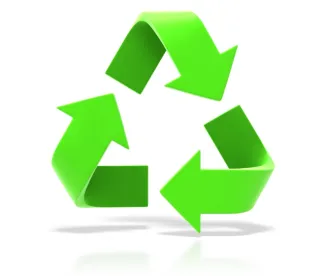The European Council adopted the Single-Use Plastics Directive on May 21, 2019. The Directive will impact plastic food-contact articles through several initiatives, including bans on certain single-use plastics, increased collection goals, measures to reduce the consumption of plastic food containers, and extended producer responsibility requirements. (For background information, see the PackagingLaw.com article, EU Publishes Updated Draft of Single-Use Plastics Directive.)
The Single-Use Plastics Directive also establishes compliance dates for Member States (MSs) and deadlines for the European Commission to issue guidelines to help MSs implement the Directive. The Commission issued a statement expressing concern about the tight deadlines set by the Directive. In particular, the statement identifies the following implementing acts and guidelines adoption deadlines as possibly problematic:
-
Article 4(2): “methodology for the calculation and verification of the ambitious and sustained reduction in the consumption of the single-use plastic products listed in Part A of the Annex”
-
Article 7(2): harmonized marking specifications on (a) waste management options to follow/waste disposal means to be avoided; and (b) presence of plastics in the product and its negative impact of littering/other inappropriate means of waste disposal
-
Article 9(2): making publicly available results of exchange of information and sharing of best practices on the separate collection for recycling
-
Article 13(4): information systems and reporting on single-use plastics consumption reduction targets
-
Article 11a (i.e., Article 12 in the DRAFT sent on 11 February 2019): specifications and guidelines on single-use plastic products
The Commission’s statement is important because it covers relevant implementing acts and guidelines for the determination of the scope of application of the Directive.
The dates imposed for MS compliance include:
-
By 2025: (1) a requirement for PET beverages to be made from at least 25% recycled plastics calculated as an average for all PET bottles placed on the national market; and (2) a requirement to achieve an annual 77% separate collection rate by weight for single-use beverage bottles with a capacity of up to three liters, including their caps and lids
-
By 2026: a requirement to achieve a measurable quantitative reduction in the consumption of the single-use plastic products listed in Part A of the Annex in comparison to 2022
-
By 2029: a requirement to achieve an annual 90% separate collection rate by weight for single-use beverage bottles with a capacity of up to three liters, including their caps and lids
-
By 2030: a requirement for PET beverages to be made from at least 30% recycled plastics, calculated as an average for all PET bottles placed on the national market
Once the President of the European Parliament and the President of the European Council sign the Directive, it will be published in the Official Journal of the European Union. The Directive will enter into force twenty days after the publication and then the MSs will have two years to transpose the Directive into their national law, although longer transitional provisions apply to certain requirements (e.g., the implementation of additional obligations relating to extended producer responsibility).



 />i
/>i
